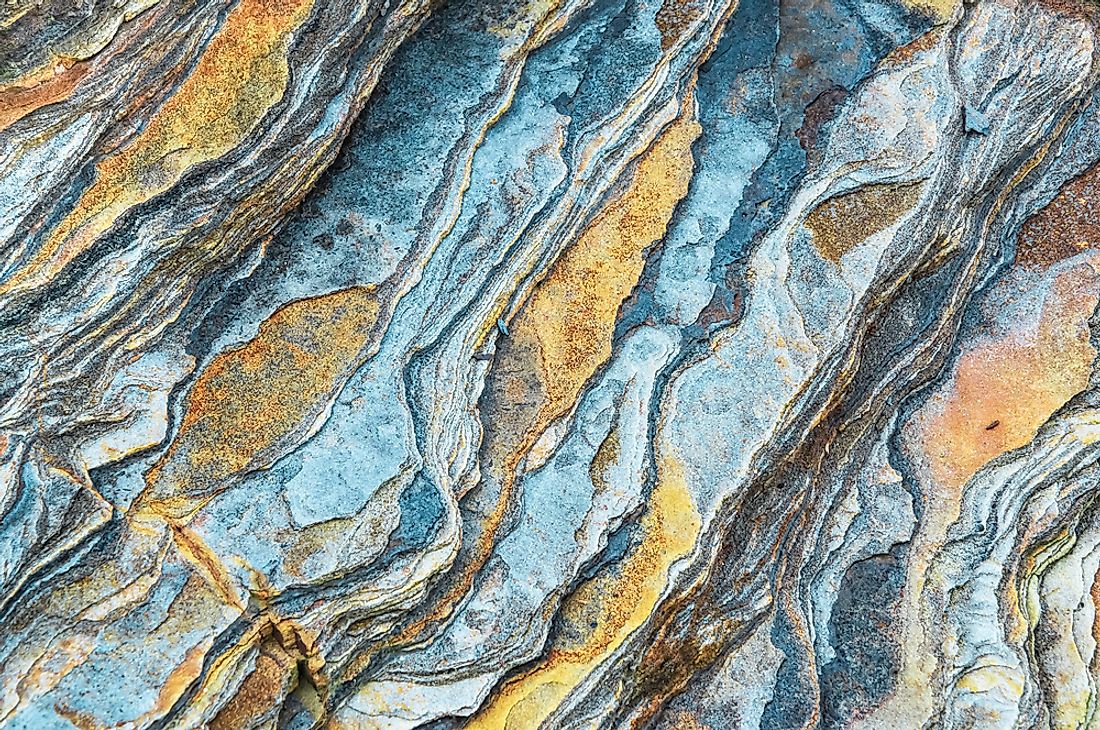What are the Differences Between Minerals and Rocks?

In today’s modern world, the majority of people do not spend much time thinking about the fascinating properties of rocks and minerals, even though they are considered to be one of the most valuable resources on the planet.
Rocks and minerals have a particular specter of similar characteristics, but a lot less than one would presume. On the other hand, the differences between minerals and rocks are plentiful. Since rocks are composed of different mineral structures in a solid form, they have a considerable social, cultural, but also material value. Although ordinary people do not find the topic nearly as fascinating, it certainly is for scientists who study it.
Crystalline Structure and Classification of Rocks and Minerals
Rocks are made out of a solid combination of two or more mineral formations, while a mineral refers to a single naturally occurring solid structure. It is essential to highlight that, although rarer, certain rocks contain only one mineral formation.
Rocks are classified dependant on their formation process, texture, chemical, and mineral composition. Given the listed criteria, rocks can be metamorphic, sedimentary, or igneous. Besides different minerals, they can also contain mineraloids or other organic remnants. The majority of rocks will contain commonly known minerals such as mica, epidote, feldspar, magnetite, quartz, etc. Igneous rocks, formed from solidified molten lava, are typically rich in granite. Metamorphic rocks form through a transformation process of one rock to another, while sedimentary rocks are formed through the deposition of organic material.
Minerals, on the other hand, are classified primarily by its shape and crystalline structure and do not go through the same processes of formation as rocks do.
Differences Between Minerals and Rocks
The differences in the structure of minerals and rocks are the primary distinction between the two. Rocks do not have a crystalline structure, nor do they have a strictly defined chemical composition like minerals.
Minerals can be classified as oxides, sulfides, halides, native elements, etc. Given the widespread nature of rocks and the fact that they contain mineral structures, it is not surprising that people will opt to extract minerals from rocks, especially those rarely found on their own.
As opposed to rocks, minerals do not contain any organic substance. Different fossil remains of both animals and plants can often be found in rocks. Minerals also have a distinct shape and can easily be identified solely by their form and color patterns.
Common Characteristics of Rocks and Minerals
Both of these are either found or mined in the planet’s crust, depending on their characteristics and distribution.
Another common point between minerals and rocks is the materialistic value they have for humans. Minerals can be found in every possible segment of the manufacturing industry, and by the same token, so are rocks as they contain needed minerals. They are usually used as raw materials for everyday household products.
Diverse Uses of Rocks and Minerals
There are perhaps more areas in everyday life where rocks and minerals are used, in one way or another, then there are those where they are not used.
For example, aluminum is used in everything from containers and cans, to appliances and food preparation. Copper ores are utilized in jewelry manufacturing, eating and cooking utensils, electrical products, cars, computers, and many other segments.
Imagine how much harder would it be to produce batteries or protective equipment used for x-ray procedures if there was no lead. Rocks salt, otherwise known as halite, is used in cooking, for softening water and especially as an effective way of combating freezing of roads and highways. Limestone is also extremely valuable as it is commonly found in every type of construction procedures and products.











